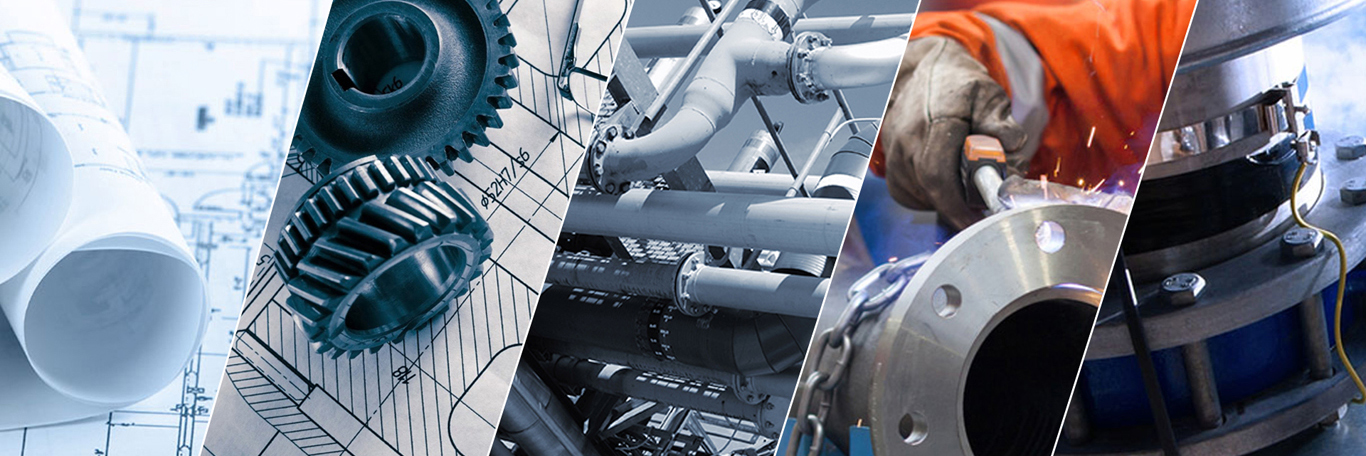Optimizing Land Usage Preparation With Comprehensive Surveying Solutions
In the realm of land usage preparation, the combination of extensive surveying solutions stands as a pivotal instrument in promoting educated decision-making and sustainable development practices. The optimization of land use planning through checking remedies is not without its challenges, motivating the exploration of cutting-edge methods to streamline procedures and extract beneficial insights for calculated development campaigns.
Significance of Comprehensive Evaluating Solutions

Comprehensive surveying options enable organizers to evaluate the viability of land for various functions, identify prospective threats or restrictions, and layout sustainable advancement strategies - Topographical Surveying. By including precise survey information right into land use plans, authorities can make certain efficient use of resources, lessen ecological impact, and promote long-lasting financial development
Moreover, extensive evaluating solutions facilitate stakeholder engagement and partnership by picturing suggested land usage changes and enabling feedback before application. This positive technique boosts openness, cultivates area trust, and ultimately leads to much more successful land use planning outcomes. Basically, the relevance of extensive surveying services can not be overstated in the realm of effective land use preparation.
Advanced Technologies for Land Usage Preparation
Using innovative modern technologies improves the precision and effectiveness of land use planning procedures. Advanced modern technologies such as Geographic Details Solution (GIS), LiDAR (Light Detection and Ranging), and remote sensing play a vital duty in modern-day land use planning. Engineering surveys. GIS enables planners to analyze spatial information, recognize patterns, and make notified decisions regarding land growth. LiDAR modern technology supplies highly accurate elevation information, helping in terrain modeling and flood risk assessment. Remote picking up, via drones and satellites, supplies in-depth imagery for monitoring land changes and analyzing ecological effects.
Furthermore, Structure Info Modeling (BIM) makes it possible for organizers to develop 3D models of structures and infrastructure, assisting in much better visualization and planning of land use tasks. Integrating these sophisticated technologies right into land usage preparation processes can lead to more sustainable and effective metropolitan advancement.
Overcoming Challenges in Site Recognition

Additionally, contrasting passions amongst stakeholders, such as programmers, ecologists, and neighborhood areas, can make complex the site recognition process. To browse this difficulty, planners must promote open interaction, partnership, and arrangement to get to consensus on the very best land use methods that align with the demands of all celebrations involved.
Furthermore, governing obstacles, zoning limitations, and land utilize policies can additionally hamper the site identification process. Coordinators need to remain go to the website upgraded on relevant laws, involve with regional authorities, and conduct extensive research to recognize sites that meet all legal needs and compliance requirements. By proactively addressing these difficulties, land usage organizers can improve the website recognition process and lead the way for effective land use preparation initiatives.
Making The Most Of Performance Through Checking Techniques
Navigating the intricacies of website identification procedures successfully lays a structure for maximizing efficiency with critical evaluating techniques in land use planning. By utilizing advanced checking devices such as drones, GIS technology, and 3D laser scanning, land use coordinators can simplify the data collection process, causing even more exact website analyses and structured decision-making. These techniques allow coordinators to collect exact topographic details, determine ecological restraints, and assess land suitability with greater speed and accuracy than standard techniques.
Furthermore, incorporating evaluating methods with Geographic Information Equipment (GIS) enables for the efficient evaluation and visualization of spatial data, aiding in the original site recognition of ideal land use circumstances. In general, the strategic usage of surveying strategies improves efficiency, precision, and collaboration in land usage planning campaigns.
Decision-Making Insights for Advancement
For effective growth, acquiring valuable understandings for decision-making is imperative in the world of land use planning. Decision-making insights play a critical function in forming the future of rural and city areas, ensuring lasting growth and reliable resource appropriation. Comprehensive surveying options offer organizers and programmers with the essential information to make educated decisions that content align with the lasting goals of a neighborhood.
By leveraging innovative checking methods such as aerial surveys, GIS mapping, and 3D modeling, stakeholders can envision the prospective effect of advancement jobs and evaluate different scenarios before execution. These understandings enable decision-makers to optimize land use, lessen ecological threats, and boost total task usefulness.
Moreover, data-driven decision-making supported by surveying services assists enhance the preparation procedure, minimize unpredictabilities, and rise stakeholder self-confidence. By including exact study information right into the decision-making procedure, designers can determine possibilities, minimize obstacles, and inevitably produce lasting land use plans that benefit both future and existing generations. To conclude, decision-making understandings acquired from thorough evaluating remedies are vital for driving impactful and effective growth campaigns.
Verdict
In verdict, optimizing land use preparation with comprehensive checking remedies is essential for effective and effective growth. It is important for effective land usage planning and advancement tasks.
In the realm of land use preparation, the assimilation of detailed checking services stands as a crucial instrument in cultivating educated decision-making and lasting development practices. In essence, the importance of extensive surveying remedies can not be overstated in the realm of efficient land usage preparation.
By proactively attending to these challenges, land usage coordinators can enhance the website recognition procedure and lead the way for reliable land usage planning initiatives.
On the whole, the strategic usage of checking methods improves effectiveness, precision, and partnership in land use planning initiatives.
In verdict, maximizing land usage planning with extensive checking services is important for effective and efficient growth.